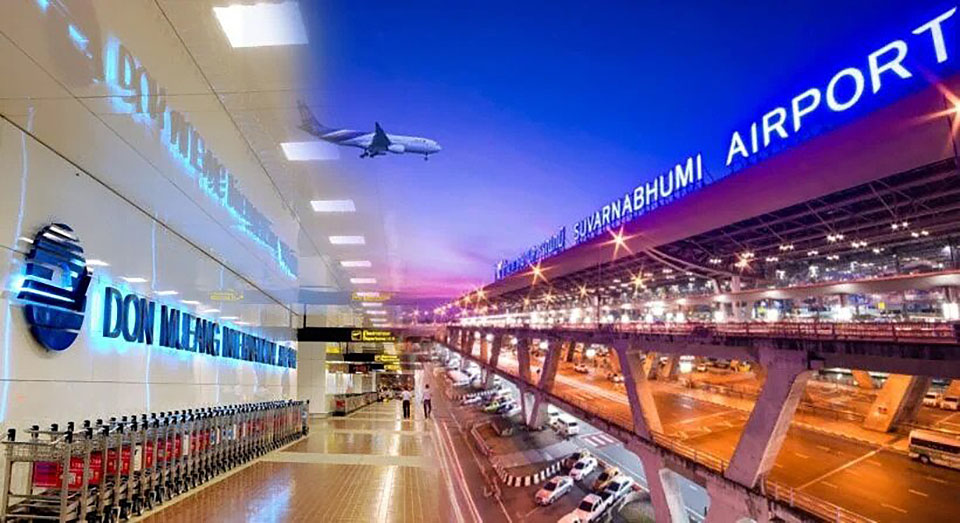
An unprecedented boom in the construction of new airports and the refurbishment of existing ones are occurring across south east Asia. The aim is to enable passenger handling in the region to double to 653 million people by the end of the decade. Several countries are competing with each other in the rush to complete, a demand created significantly by the domestic demand from rising middle classes.
In Thailand, a satellite terminal opened at Bangkok’s Suvarnabhumi airport last month, potentially improving overall capacity by a third once a third runway opens next year. Expansion is also planned at Don Mueang airport, near Bangkok, and U-tapao airport near Rayong whose major expansion awaits the building of a fast-track rail network linking with Bangkok hubs. That railway is still at planning stage as problems persist with the purchase of land. The new Pheu Thai government is also supporting expansion of airports in Phuket, Chiang Mai and other regional centers.
Meanwhile, Vietnam is investing US$4 billion to increase capacity at Hanoi’s premier airport to 60 million people, more than twice the current limit. Cambodia has permitted Chinese companies to build new lease-operated airports near Siem Reap (recently opened) and Phnom Penh (optimistically scheduled for completion next year), though they are much further away from the urban centers and will increase passenger costs of travelling downtown by road. A plan to build an underground metro system in Phnom Penh has been delayed to prefer new air facilities. Malaysia and Singapore are both in process of doubling capacity, whilst the Philippines has no fewer than four expansion projects scattered around Manila, almost willy-nilly style.
Many of the region’s new airports will incorporate smart technology. For example, Singapore’s building of a new satellite terminal will be a series of sub-terminals to keep passengers separate and at less risk from covid contamination from other flights. Automatic checkins, which minimize contact between ground staff and passengers, are becoming common features and will become universal. With Thailand and Vietnam already operating visa-free travel from China, much of the expansion is expected to increase dramatically flight schedules to and from Chinese cities.
Critics point out that the future numbers game may be overblown as estimates are based on the current regional economic climate plus optimistic predictions by aircraft development corporations worldwide. Other variables are the future costs of flying, including tricky ones such as the price of aviation fuel and international political stability, which could throw predictions into disarray. But the countries of south east Asia are now in open competition for massively increased connectivity with air hubs serving both international tourism and economic investment.






